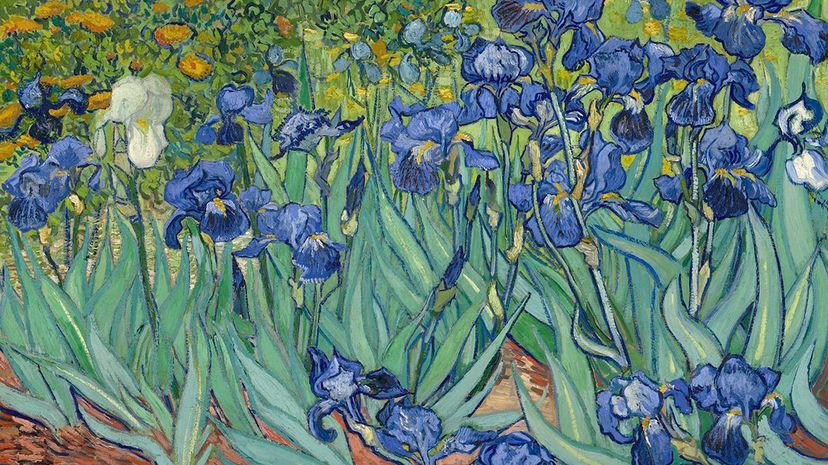
About This Quiz
Lines, shapes, color palettes, themes, and motifs: a lot goes into a work of art to take it from being just another painting or sculpture to being a piece of world history that should be respected and studied, but what does make it into the latter category certainly has a way of drawing our attention and interest. How well do you know some of history's greatest works of art? Here's a quiz where you can find out.Â
Even if the field wasn't defined, the study of art has been around as long as the practice itself. In fact, as soon as artwork is produced, it's already being critiqued by its viewers, giving everyone a level of responsibility when it comes to art and the artist. After all, it's typically art that draws the most attention that finds its way into the pages of history books, as those works have a way of changing our perception of what moves us and how art relates to life.
Are you ready to test out your art history knowledge by identifying both classical and contemporary pieces? Can you name the work of Renaissance artists like Michelangelo and post-impressionists like Vincent van Gogh, along with many more?
When you're done being a critic and ready to take on the role of a historian, get started with this quiz on the most important works in art history!Â

"Money-Changer and His Wife," created by Quinten Massys, can be viewed in the light of early developments in capitalism. The painting shows how Christian society in the Netherlands began to ignore their religious duties for earthly pleasures.
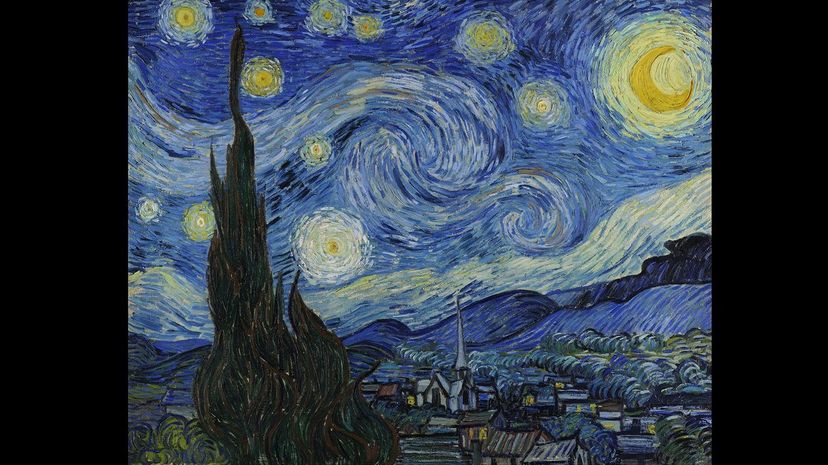
Vincent van Gogh painted "Starry Night" only a year before the early death of the talented artist. He died in 1890 of a self-inflected gunshot wound to the chest, which he initially survived only to later die of infection.
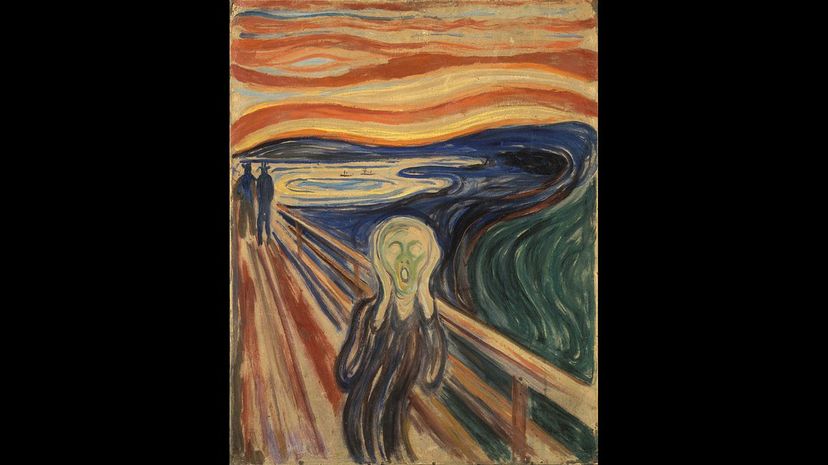
"The Scream" represents Edvard Munch's attempt to project the emotions associated with death and love. In the art piece, the viewer can feel the emotions tied to the scream as it morphs the world around the skeletal figure emitting it.
Advertisement
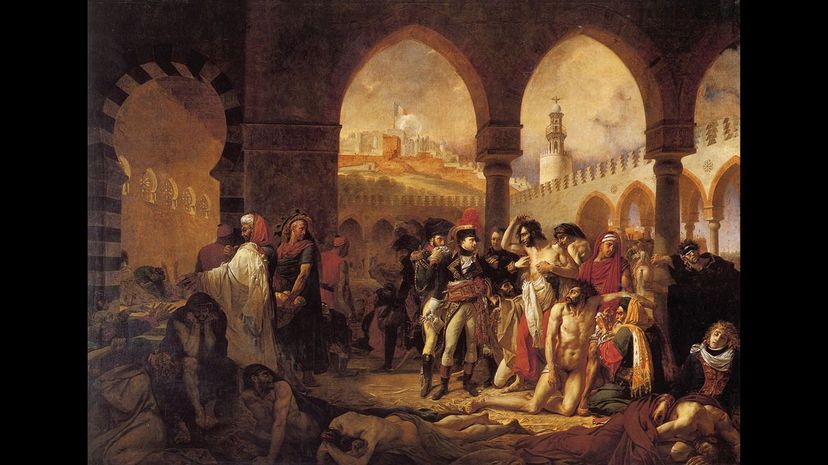
Trying to gain the favor of the ruler of France, Antoine-Jean Gros painted "Napoleon at the Pesthouse at Jaffa" as a mythic tale of Napoleon Bonaparte during the height of his reign. The painting depicts an incident where a disease decimated part of Napoleon's army during the Near Eastern campaigns.
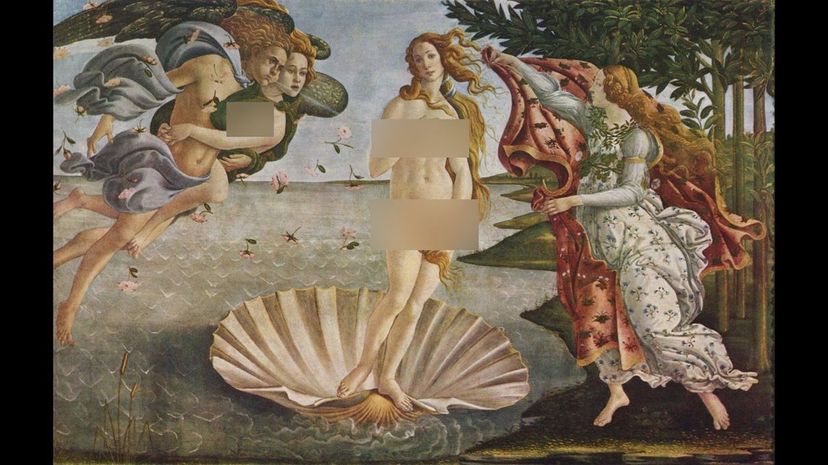
Most art historians believe that "Birth of Venus" was commissioned by the Medici family, a wealthy Italian family known for their love of art. Works like this became controversial because of their association with worldly pleasures, evident by the wealth the Medici family had acquired.
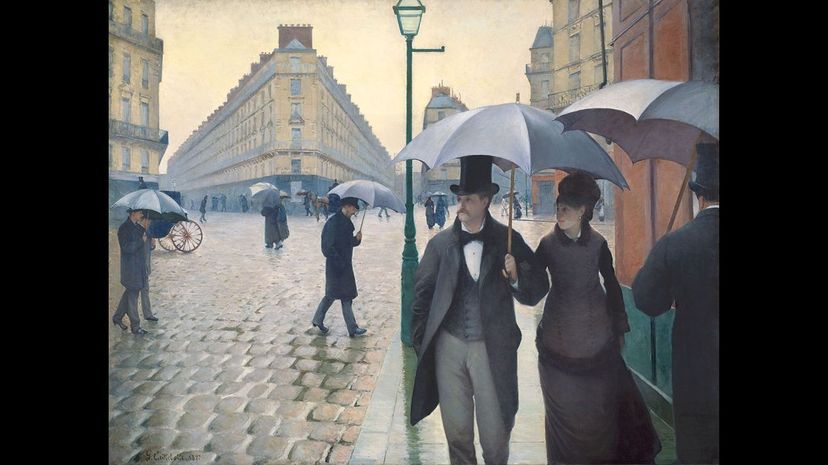
By 1877, when "Paris: A Rainy Day" was finished, the city of Paris had gone through a major transitional period. Under Napoleon III, Paris was largely remodeled to accommodate the growing population in the city, which had reached nearly 1.5 million residents.
Advertisement

In "Last Supper," Leonardo da Vinci captures the moment where Christ tells his followers that one of them will betray him. Because of the materials used on the painting where he applied pigments to dry plaster, preserving it has been difficult over the years, and the work is in poor condition today.
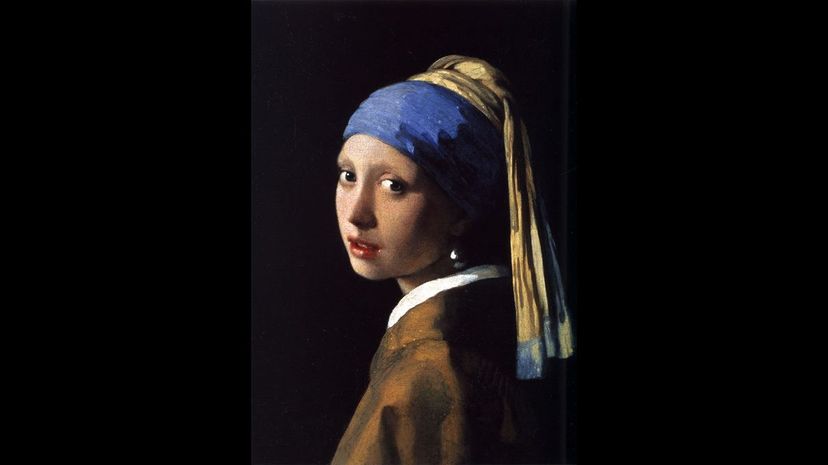
"Girl with a Pearl Earring" demonstrates Johannes Vermeer's mastery of light, which is shown to be hitting the girl from her left. The light provides a softness to her face and illuminates the large pearl earring she wears.
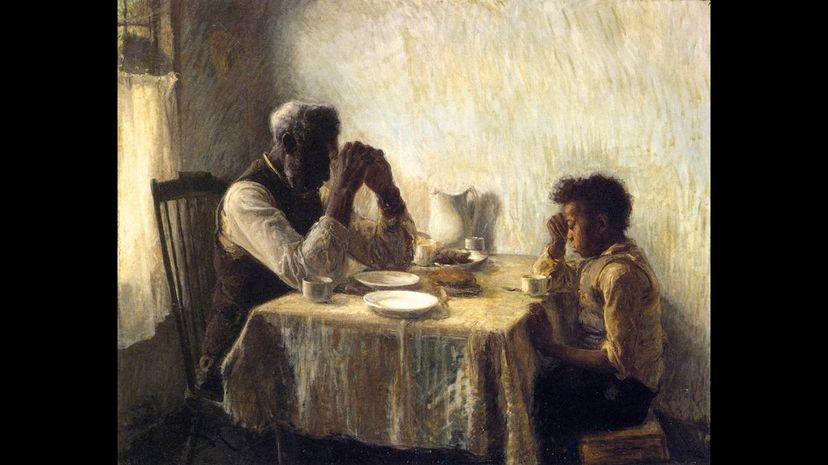
Part of the Realism movement of the late-19th century,"The Thankful Poor" moved away from artwork that only followed the lives of the higher classes of society. Using contrasting shadows, the painting shows the deep concentration of the older man against the thankful expression of the younger boy.
Advertisement
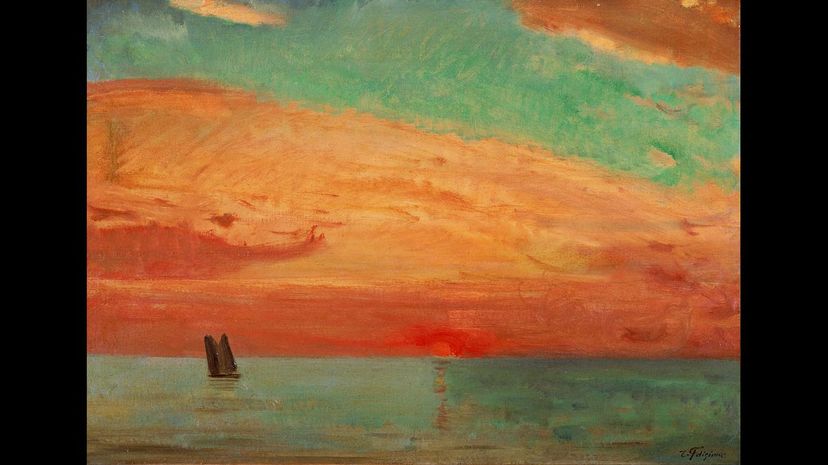
Fujishima Takeji produced "Sunrise Over the Eastern Sea" after receiving a commission to provide a decorative piece for the Showa Emperor's study. Since the commission was coming at the beginning of the emperor's accession, Takeji decided to rely on the sunrise as an inspiration.
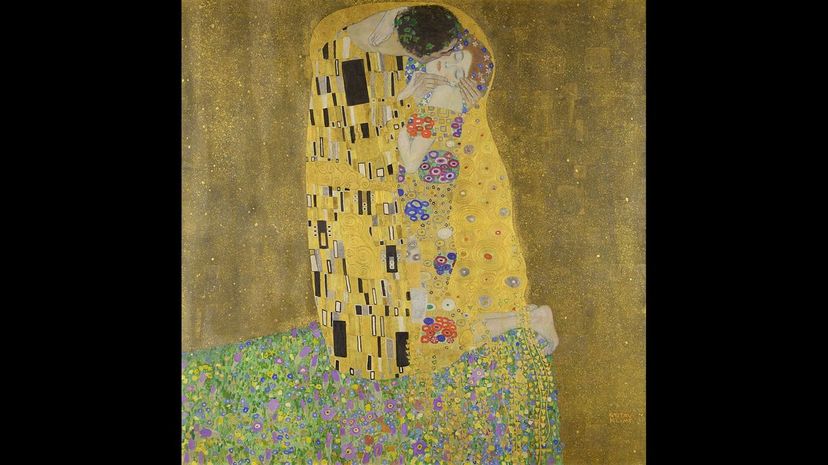
Gustav Klimt painted "The Kiss" after receiving criticism for his three part series "Klimt University of Vienna Ceiling Paintings," which was viewed as pornographic. "The Kiss," on the other hand, was well received, becoming his most popular work.
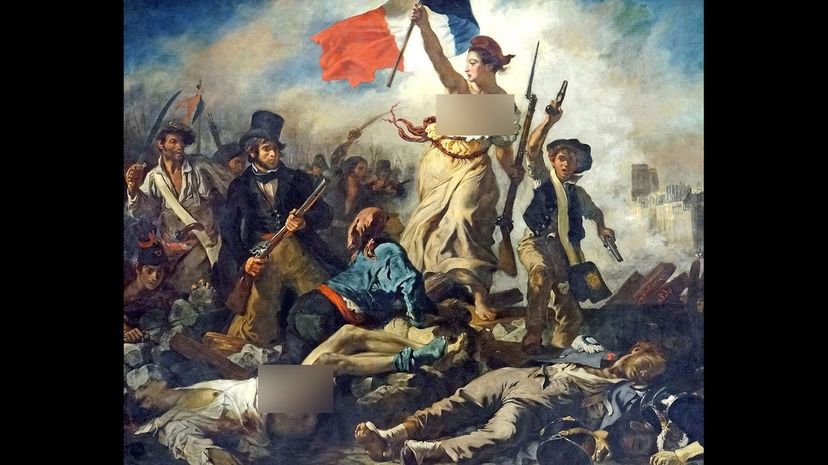
Eugene Delacroix used Romantic feelings associated with the early-19th century to tell both classical and contemporary stories with his art. "Liberty Leading the People" is an example of a contemporary event, where he was able to capture Liberty in an allegorical manner as she leads a charge forward.
Advertisement
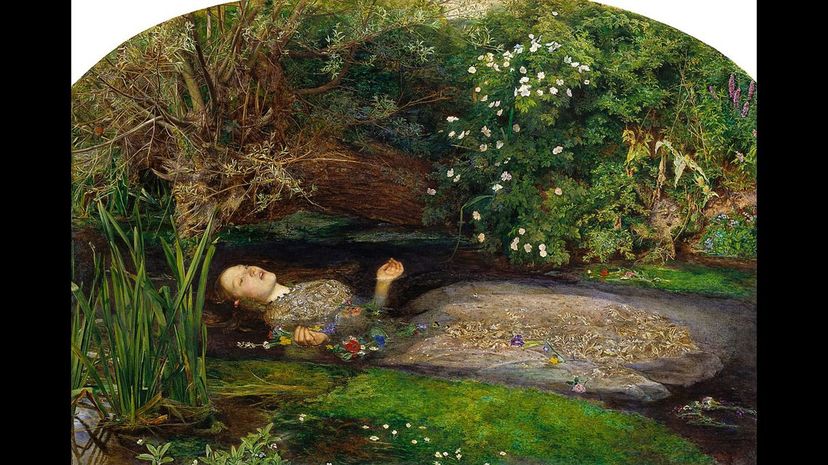
John Everett Millais was obsessed with the visual reality that can be found in nature, recording every detail he possibly could. In "Ophelia," this style is evident as Millais brings a fictional story to life.
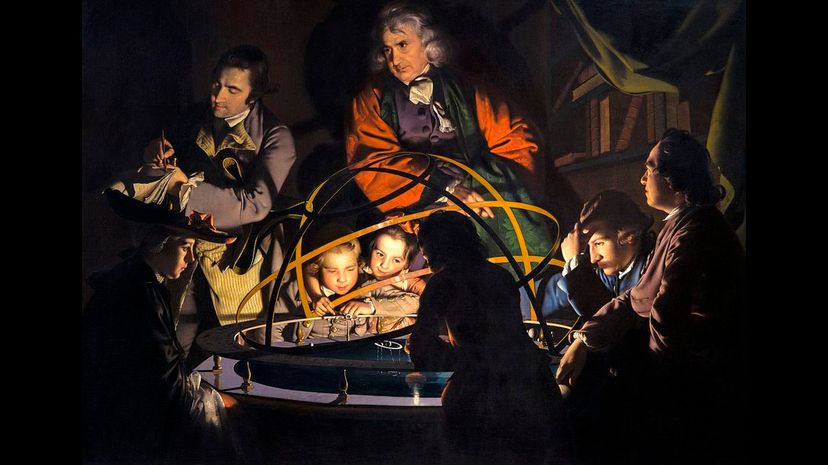
The Scientific Revolution was at its height in the 18th century, influencing both thought and art around the world. Using science as a theme and dramatic candlelight, Joseph Wright shows how the planets revolve around the sun in "A Philosopher Gives a Lecture at the Orrery."
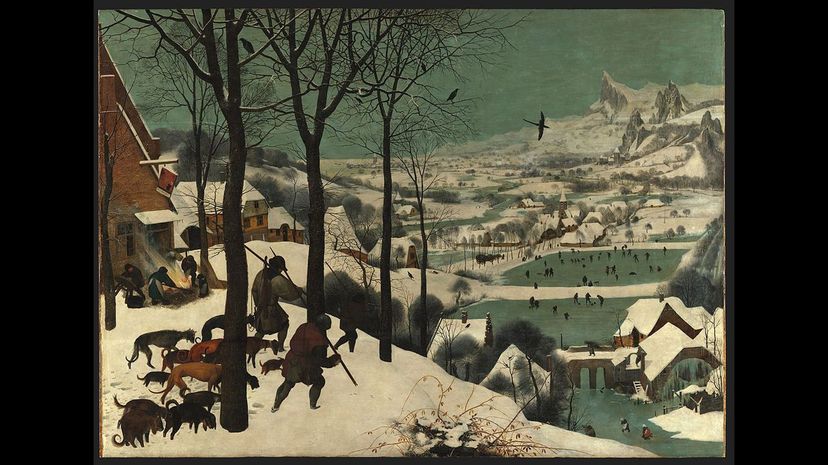
A master of contrasting styles, particularly landscapes, Pieter Bruegel shows the changing of seasons with his "Hunter in the Snow," which is part of a series of six paintings from the artist. In the painting, Bruegel is able to capture a deep view of the landscape through his use of line and shape.
Advertisement
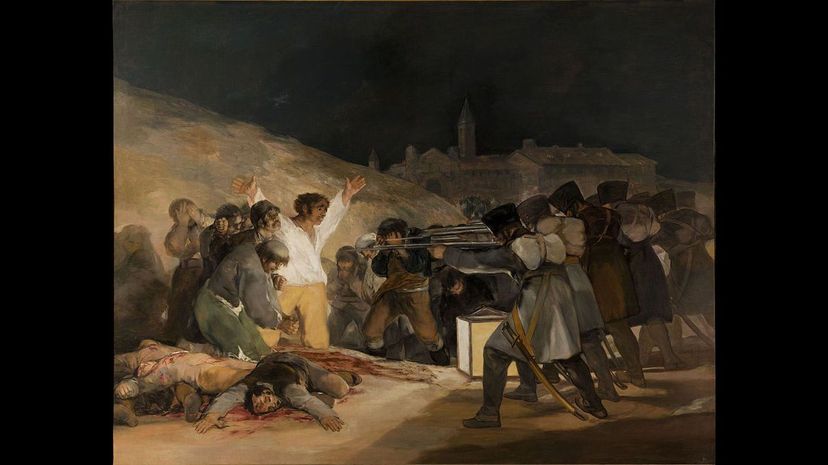
By 1808, Spanish citizens were tired of their new French occupiers, leading to a deadly clash between the citizens and the French soldiers. When the rebellion was finally suppressed, the French soldiers executed unarmed civilians, which is shown in Goya's "Third of May, 1808."
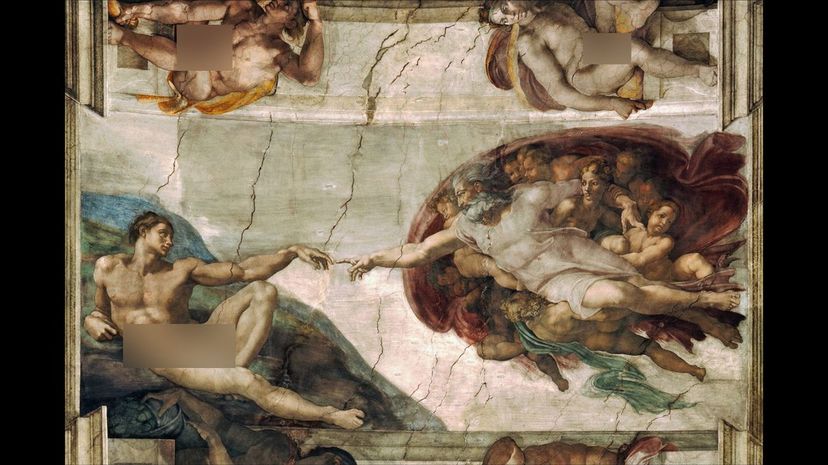
Unlike previous artists, Michelangelo moved away from the traditional way of depicting the creation of Adam as a glorified event. Instead, in his "Creation of Adam," the moment that life is given to the first man is crafted with a humanistic touch.

Rembrandt van Rijn became a master of prints, where he used both etching and engravings to create his works. "Christ with the Sick around Him, Receiving the Children" is one such example that relies on contrasting light and dark to draw attention to Christ.
Advertisement
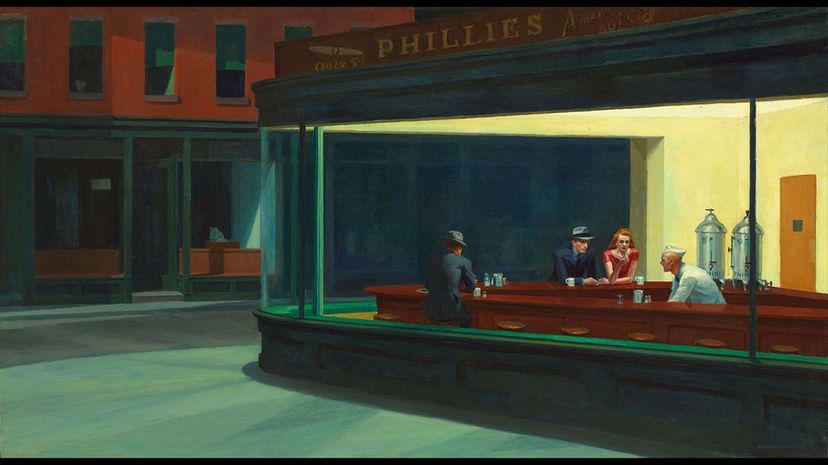
Edward Hopper hoped to capture the attitude of the Great Depression with his work when he returned from studying in Europe. "Nighthawks" is one such example where he relied on a still scene full of empty spaces to bring about a feeling of isolation.
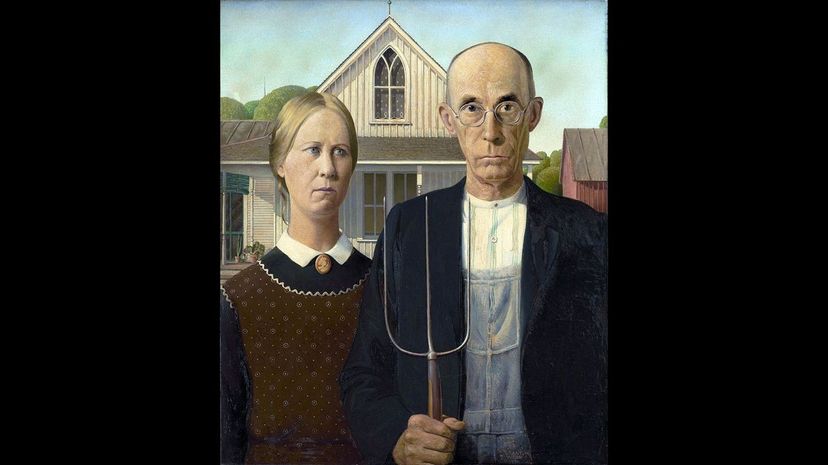
"American Gothic" was the result of Grant Wood's desire to rebel against the abstract art associated with Europe and New York. Relying on the Regionalism movement of the Midwest, Wood created a work that used realism to make it more relatable for viewers.

Originally exhibited in Paris, "A Sunday on La Grande Jatte" required a considerable amount of effort from Georges Seurat to complete. Even before starting the painting, the artist created a series of drawings and oil sketches to guide him through the process.
Advertisement
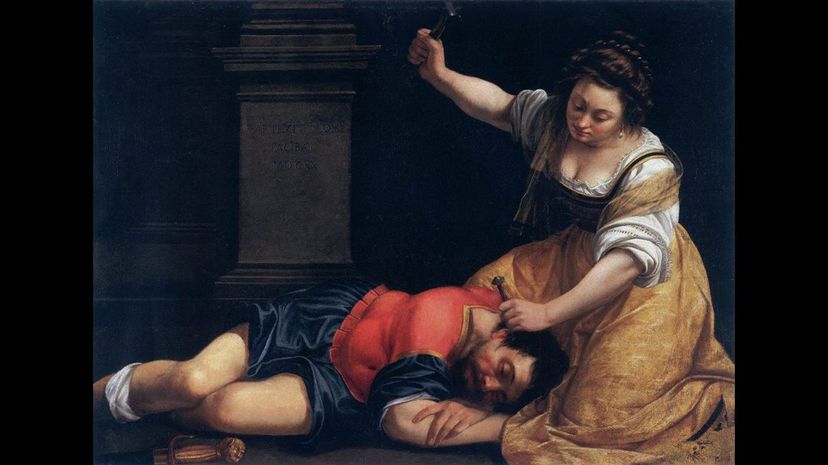
"Jael and Sisera" is an oil on canvas painting created by Artemisia Gentileschi in 1620. The painting tells the Biblical story of Jael driving a tent peg into the head of Sisera, an enemy warlord who was seeking refuge from the Israelites.

America was facing a bloody Civl War when Frederic Church painted "Twilight in the Wilderness" in 1860. The painting emphasizes an idealistic and peaceful view of a country torn apart by a growing internal conflict.
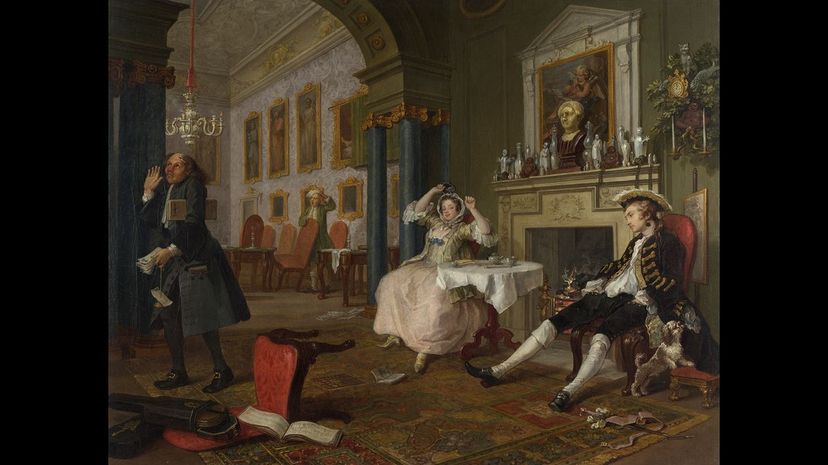
By the 18th century, England had a growing middle-class that was becoming increasingly prosperous in their country. One of six paintings from "Marriage a la Mode," William Hogarth's work "Breakfast Scene" depicts how money affected the morals of this middle class.
Advertisement
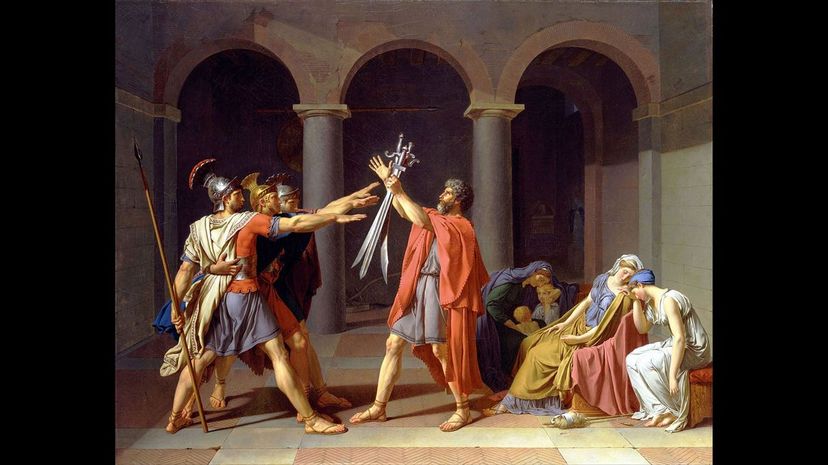
Jacques-Louis David was a master at using noble events from the past to inspire virtue during the time he lived. "Oath of the Horatii" tells the story of three sons from Rome who swear an oath to fight to the death for their city, but they are oblivious to their female relatives who mourn in the background.
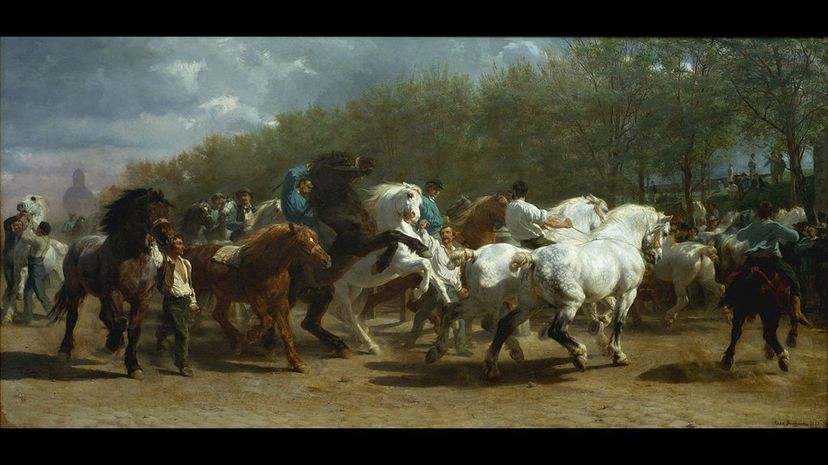
Rosa Bonheur spent over a year sketching the design for "The Horse Fair" at a horse market in Paris on Boulevard de I'Hopital. To avoid attention that might come her way, she dressed as a man while attending the market.
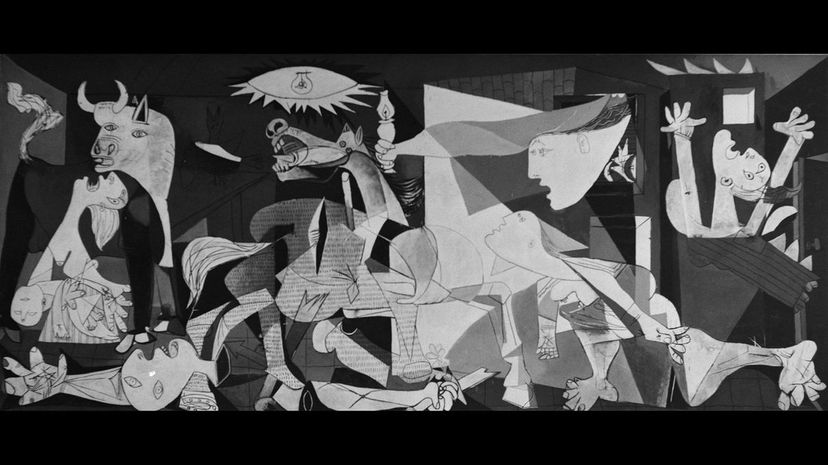
Pablo Picasso wasn't afraid to shy away from the political with his work, and "Guernica" is a perfect example, depicting his views on the Nazi bombing of Guernica in 1937. The painting shows how innocent people are affected by the tragedies of war.
Advertisement

"School of Athens" was painted by the Renaissance painter Raphael inside the Palace of the Vatican, which was an important painting commission to be given by the pope. The painting was intended to make the pope not only look like a religious figure but as a man of knowledge as well.

While preparing to paint "Insane Woman," Theodore Gericault studied woman held at insane asylums as well as heads from the victims of the guillotine. He did this because he believed that character was best revealed during a state of madness or right at the point of death.
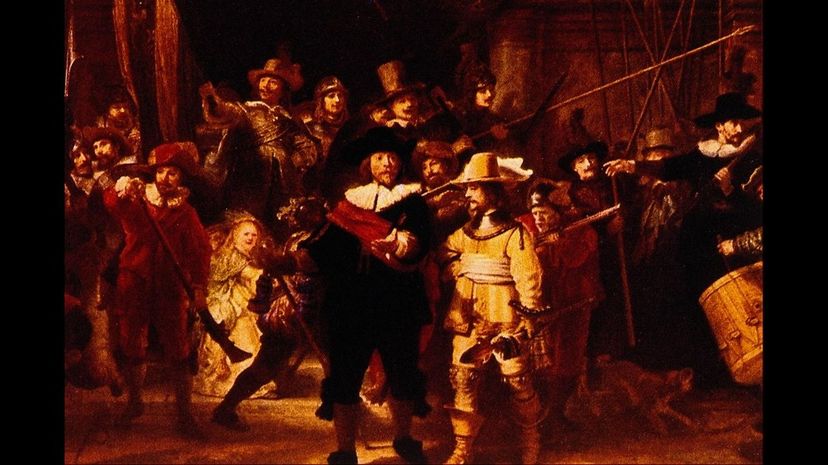
In "Night Watch," Rembrandt brings to life a civic-guard group as they prepare for a parade that's about to take place. The artist brilliantly animates the scene in a fashion that displays excitement through the use of contrasting movements by the characters depicted.
Advertisement
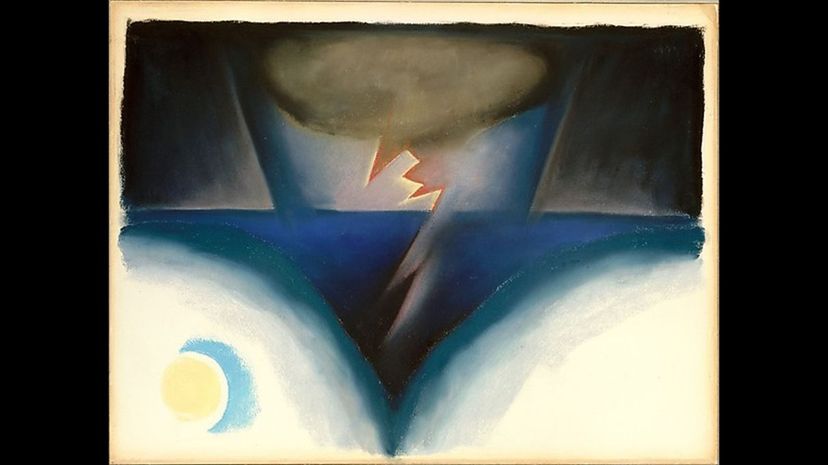
"A Storm" is a pastel on paper artwork created by the American-born artist Georgia O'Keeffe. In a scene using dramatic expression, O'Keeffe creates an image that contrasts the deep blues of the water with the yellow and red outline of a lightning strike.
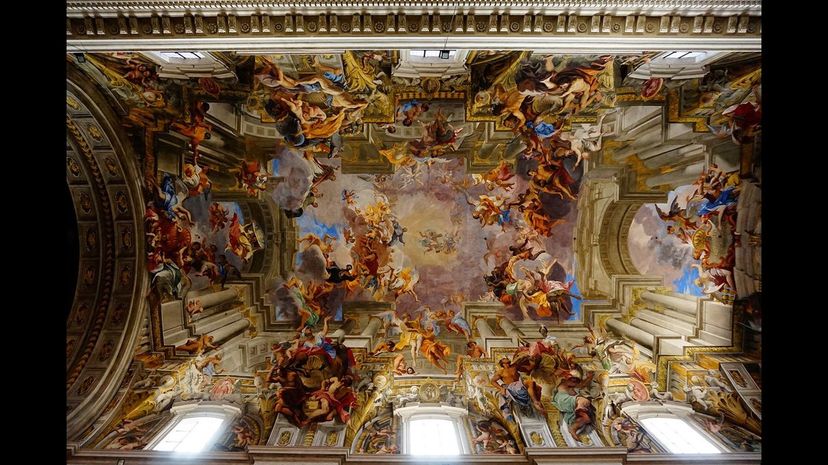
A lay brother of the Jesuit order, Fra Andrea Pozzo created "Glorification of Saint Ignatius" as a dedication to the founder of the Jesuit order. The ceiling decoration extends the church's architecture, as it gives off the illusion that it's opening up to Heaven.
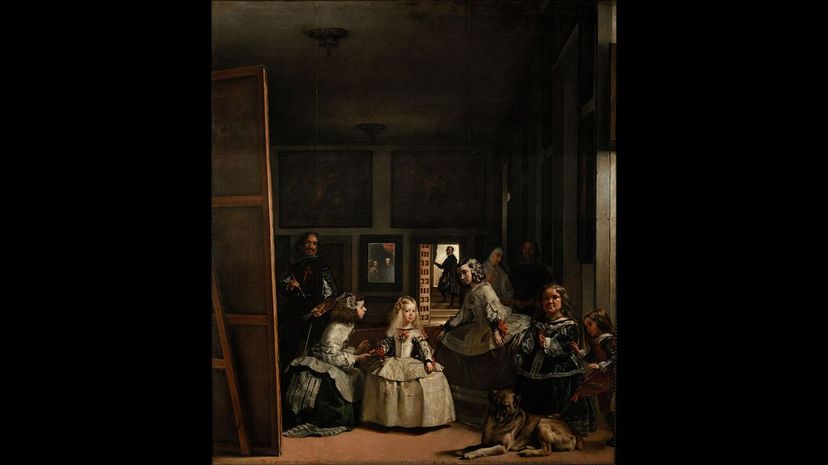
"Las Meninas" has become famous for its obscure meaning, which has left art historians confused for years. Much of the confusion lies in the mirror, which shows the reflection of King Philip IV and Queen Mariana, where they appear to be in the viewer's space of the painting.
Advertisement
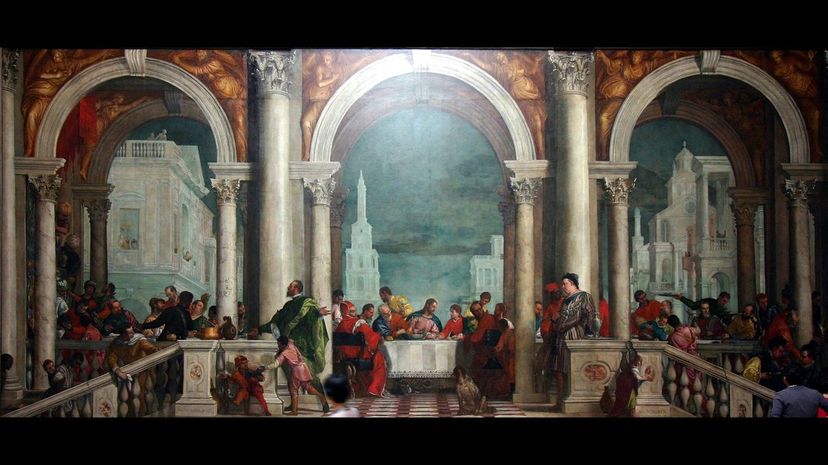
"Christ in the House of Levi" was created by Paolo Veronese to be displayed in the dining hall at Santi Giovanni e Paolo in Venice. The art piece was going to be called "Last Supper," but the Holy Office of the Inquisition accused Veronese of impiety because of those painted around Christ, forcing him to change the name.

Jan Vermeer used his artwork to give viewers a glimpse of the peaceful and comfortable life associated with citizens of the United Provinces. In "The Letter," Vermeer places the viewer outside of a drawn curtain to create the sense of a private scene happening inside.
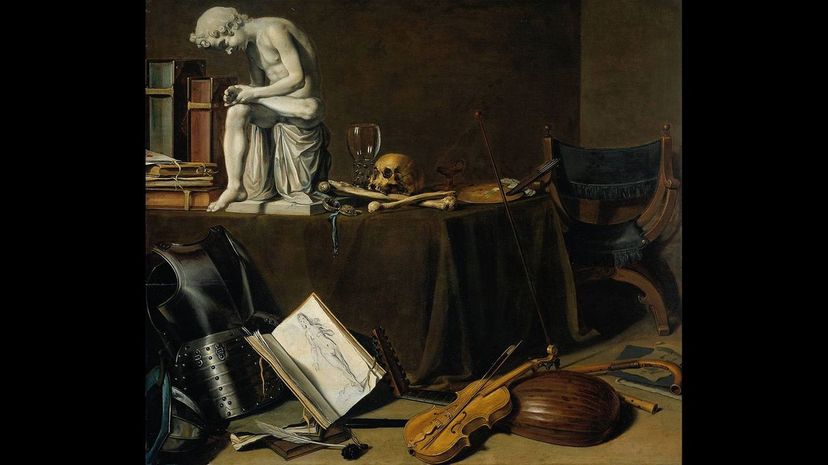
Dutch painters in the 17th century used art to depict the triviality of worldly pleasures by referencing them to death. "Vanitas Still Life" is one such example, where the beauty of the objects are countered by the presence of a skull and a cracked walnut.
Advertisement
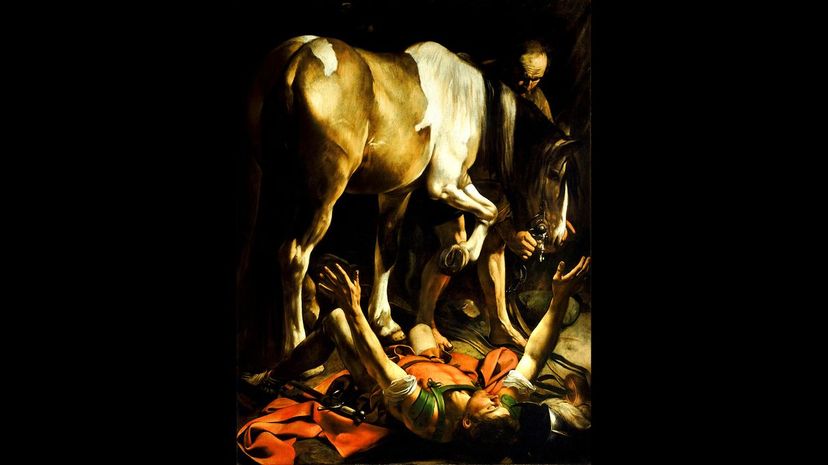
"Conversion on the Way to Damascus" depicts the moment Saint Paul was converted to follow Christ. Unlike most religious painting from the time, Caravaggio tries a different approach with his religious scene, drawing viewers in by putting them as close as possible to the action.
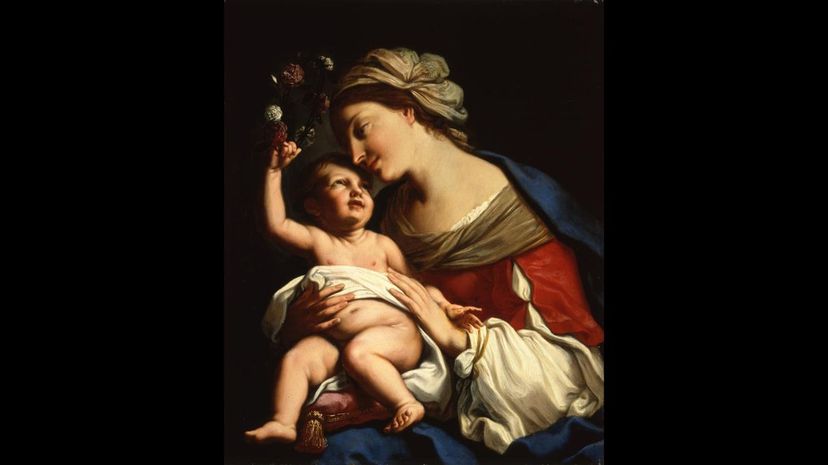
Elisabetta Sirani's "Virgin and Child" varies from previous paintings depicting Mary and Jesus in a much more heavenly way. Instead, here, the mother and child share a humanly glance, as the child prepares to crown his mother, hinting at the notion of her place in God's kingdom.

Seven total versions of "Maman" were created after a commission was given to Louise Bourgeois by The Unilever Series. The original version was sculpted from steel, while the remaining six are made of bronze.
Advertisement
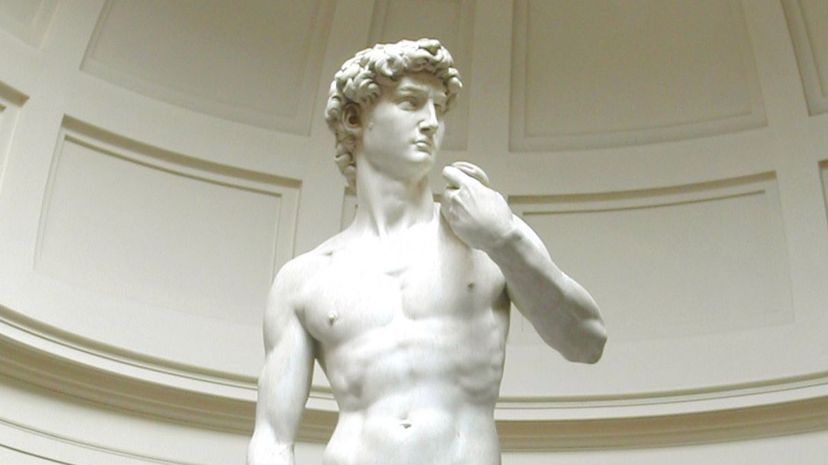
Using a single block of marble, Michelangelo created "David" when he was only 26 years old. The artwork was intended to sit on the roof of the Cathedral of Saint Mary of the Flower, but it was too large to lift and ended up in the Palazzo della Signoria.